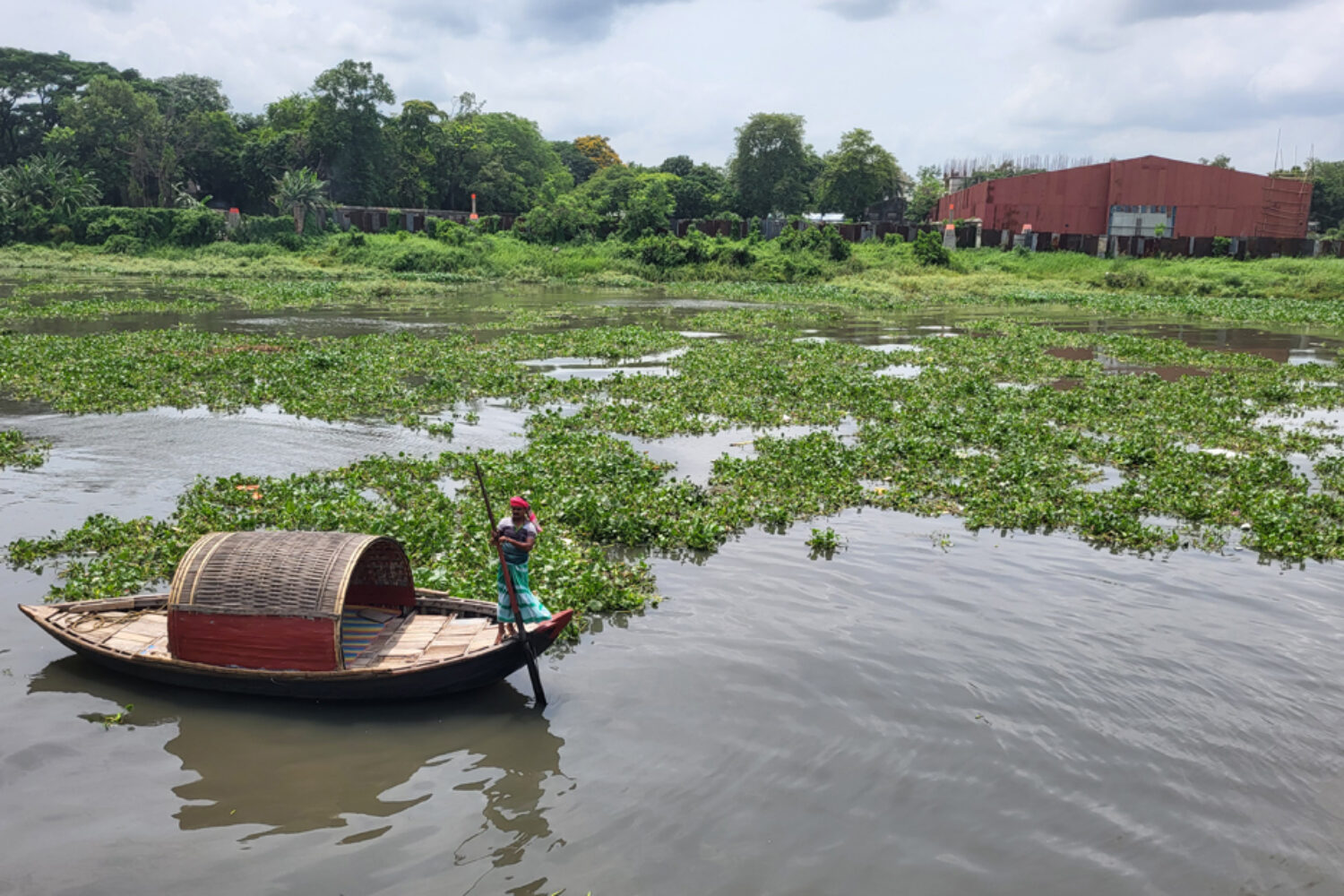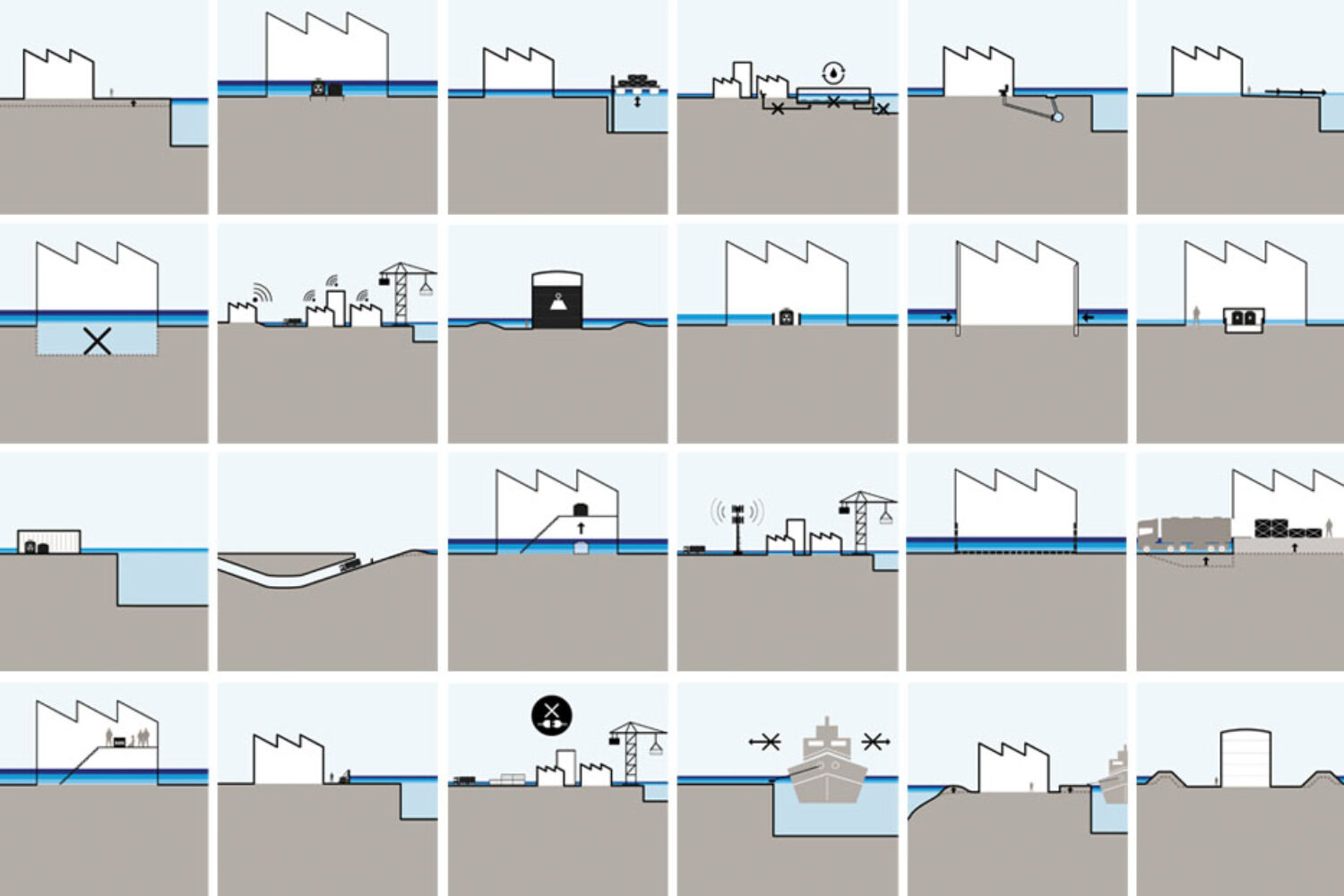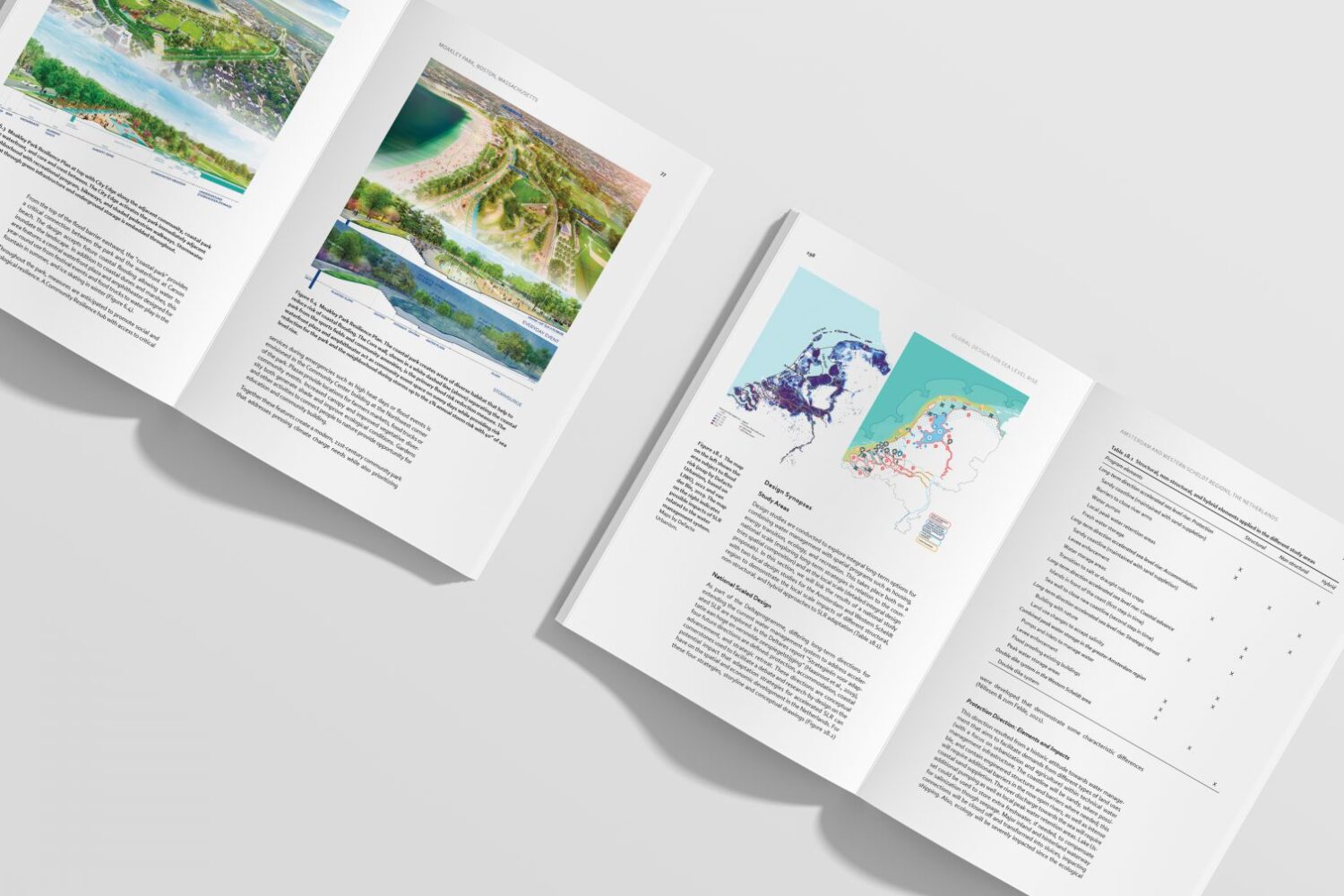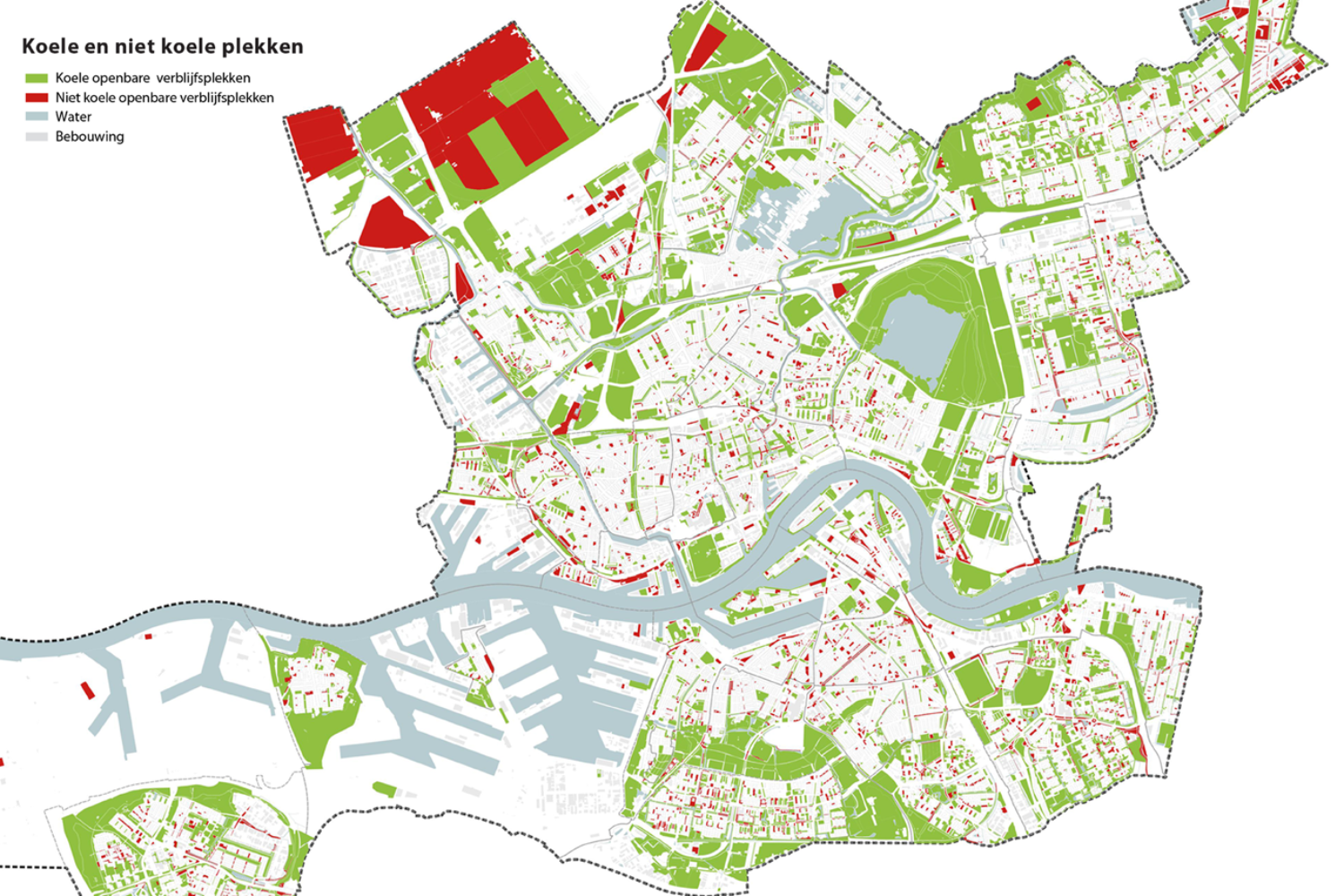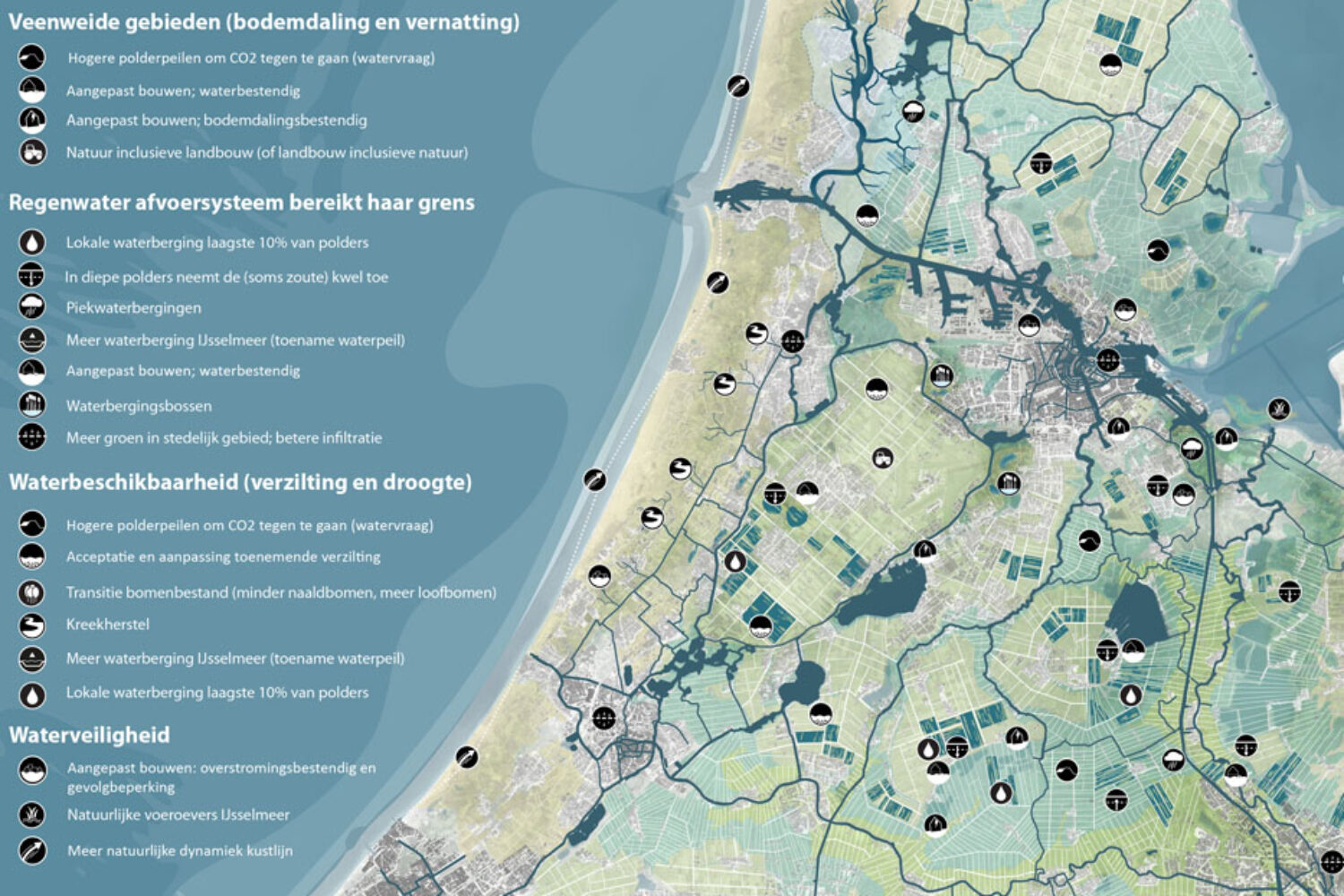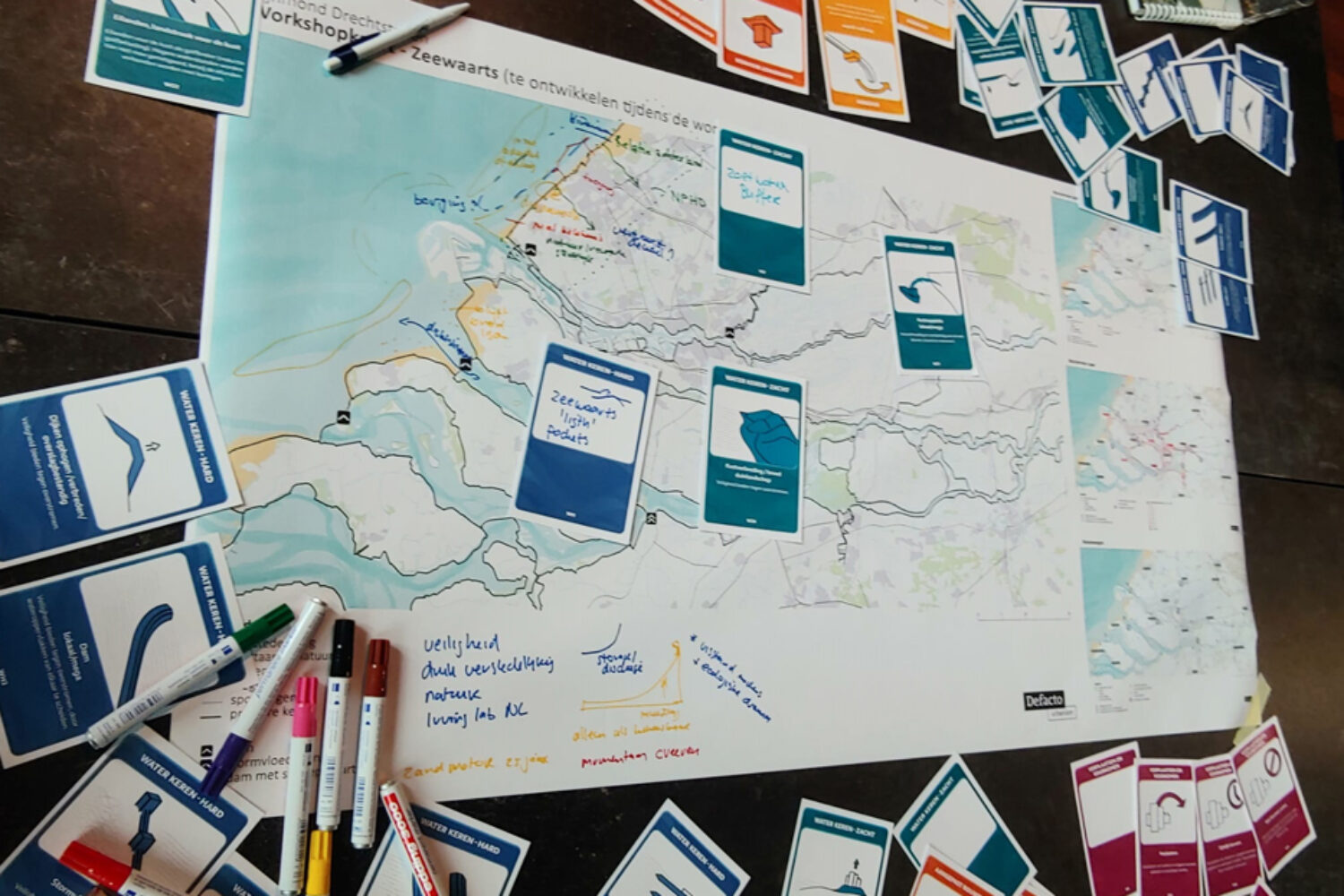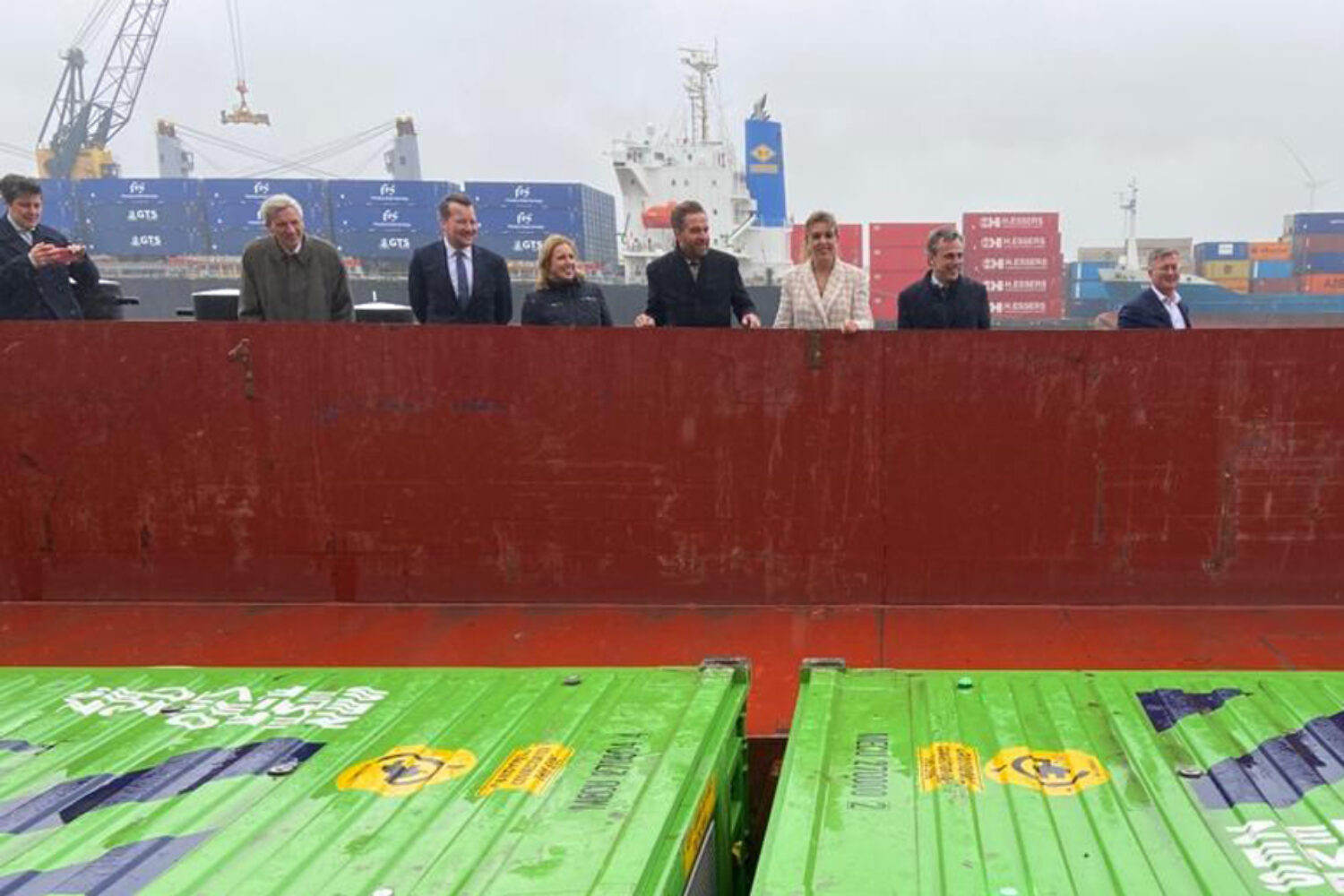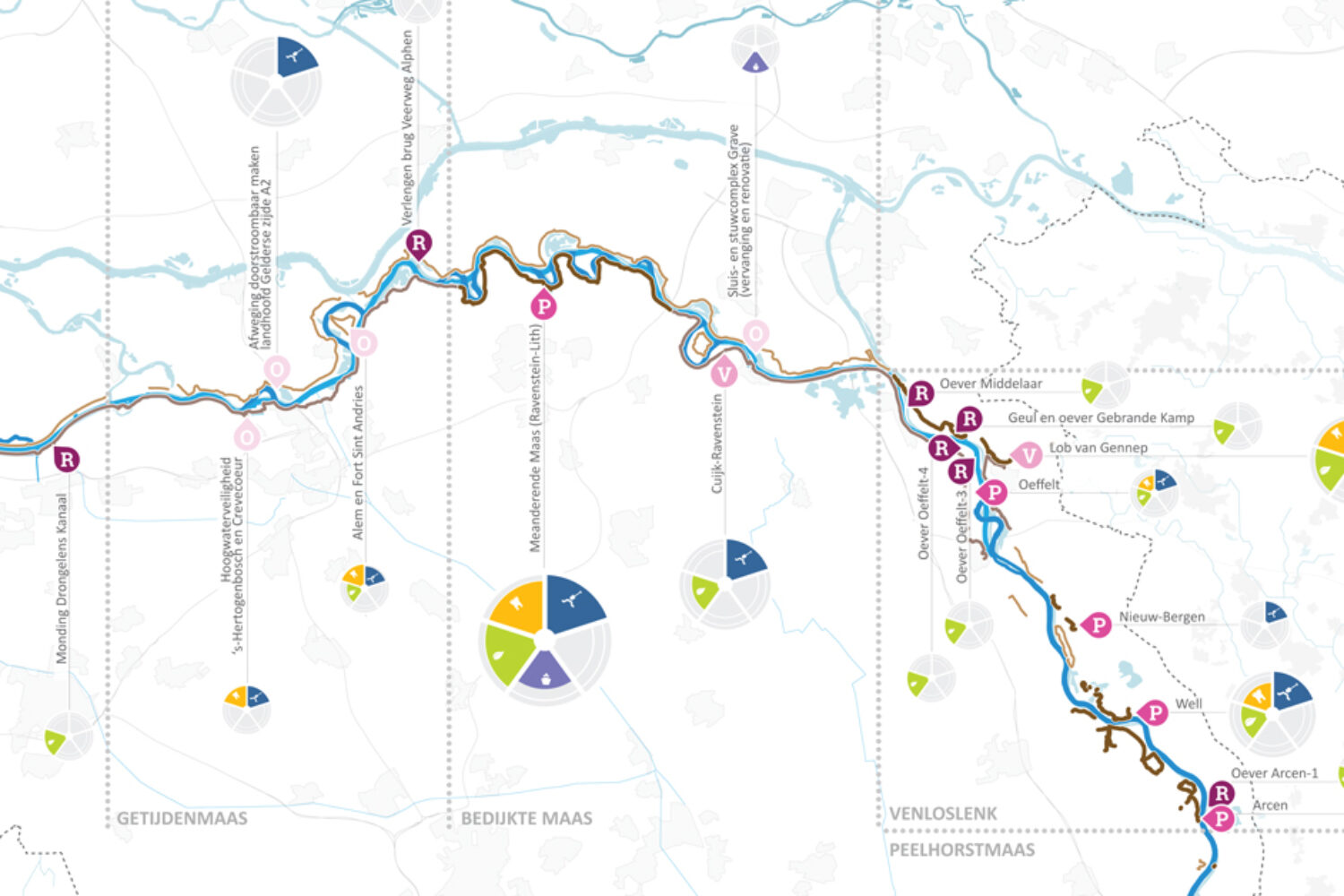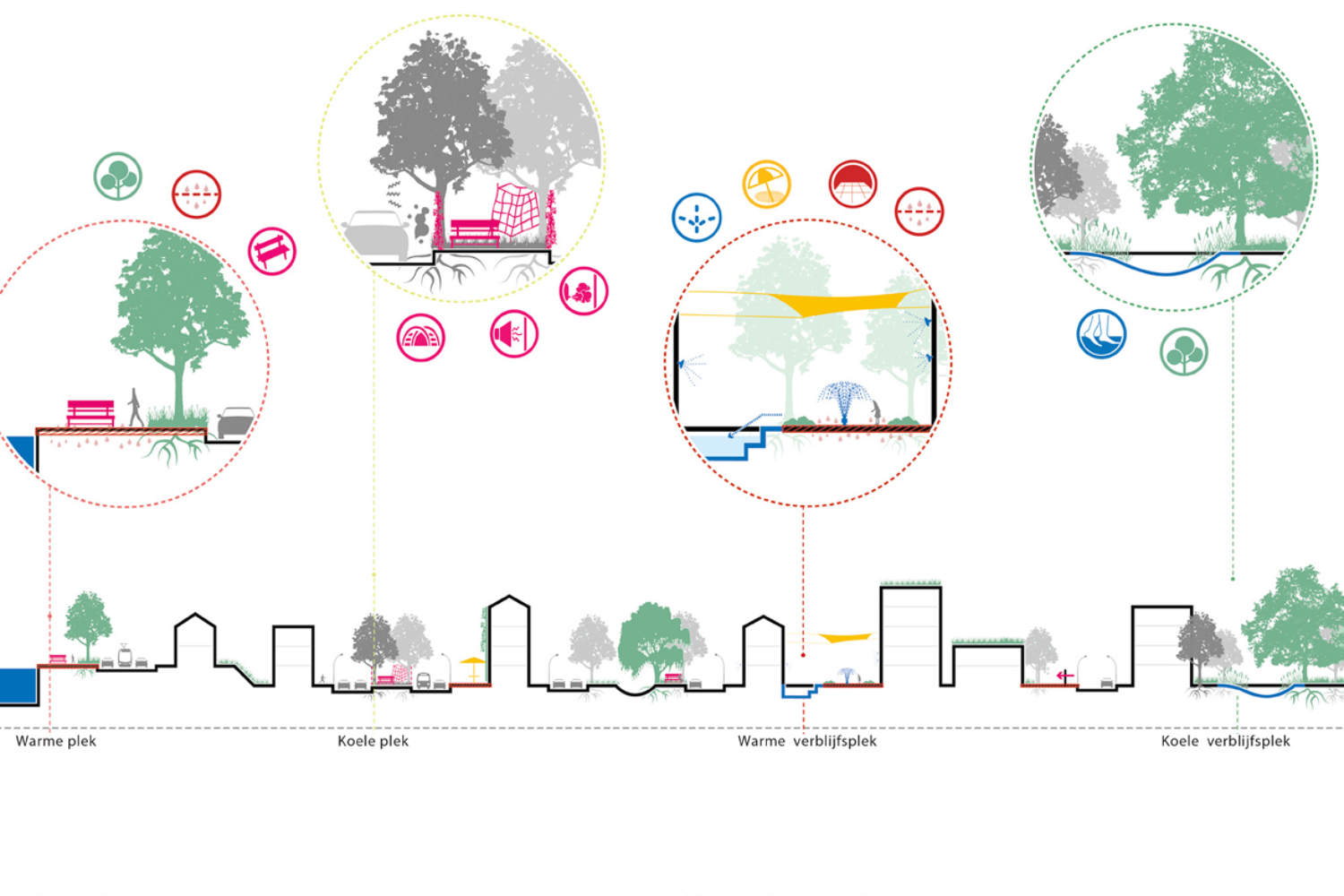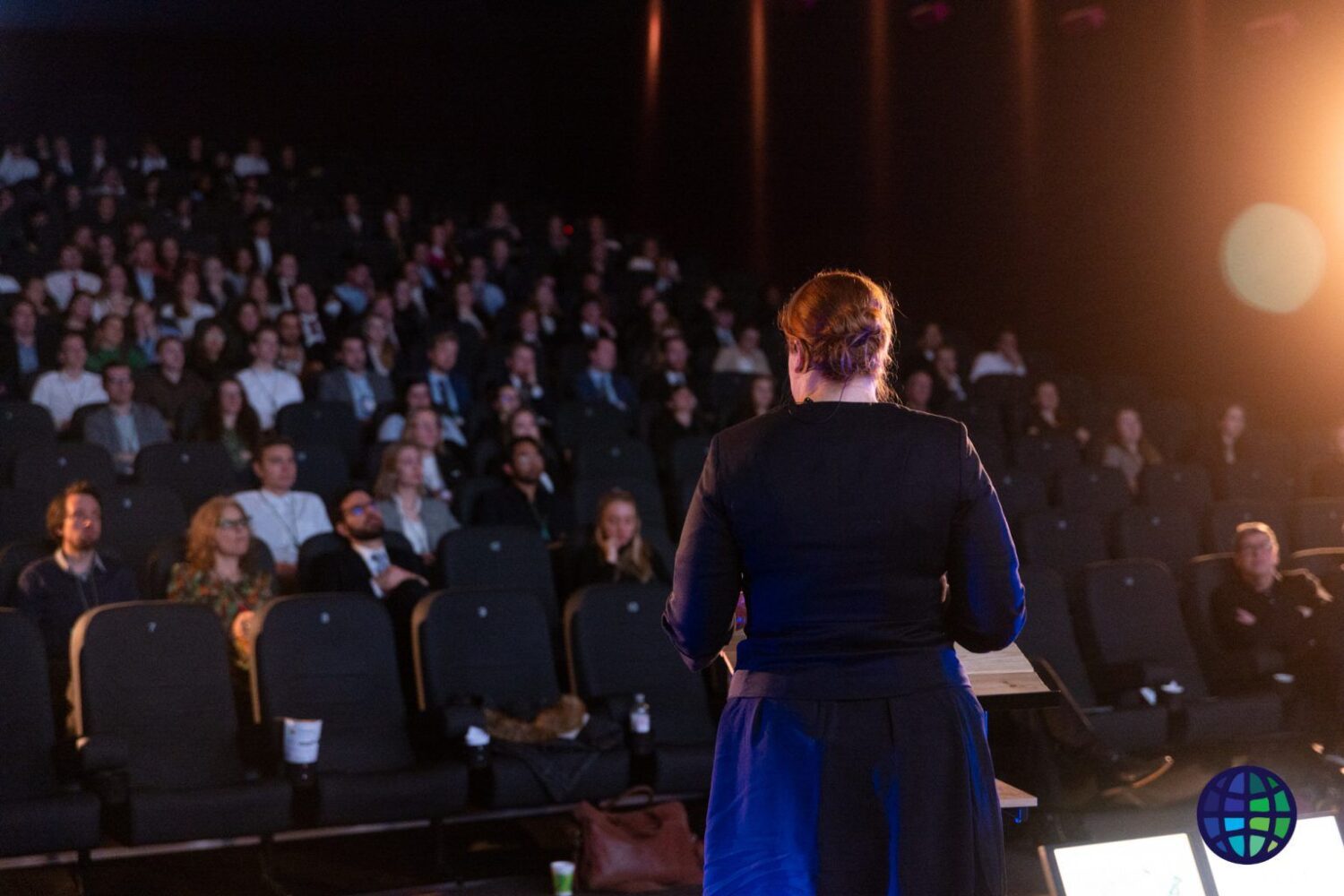Dhaka, the capital of Bangladesh and a bustling metropolis, is surrounded by five rivers that are an important lifeline for the people and economy and play a critical role in supporting the city. However, rapid urbanisation, often encroaching the city’s vast flood plains, has jeopardized its unique riverine morphology and its lifeline. The Government of Bangladesh has approved the Dhaka River Master Plan in 2019, in line with the Bangladesh Delta Plan (BDP2100). However, there is a pressing need to step up the efforts towards the recovery of the Dhaka rivers, the restoration of its public services and enhancement of the ability of the rivers to rejuvenate and drive Dhaka’s economy and improve the lives of the people of Dhaka.
Together with Royal HaskoningDHV, Delta Context and DevCon, we are developing an Umbrella Investment Program Design to Prioritize Investments for the Restoration of the Rivers surrounding Dhaka City (UIP Dhaka).
